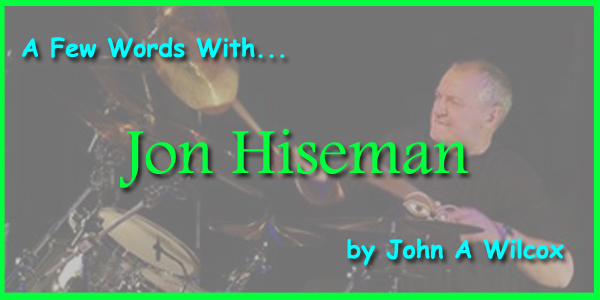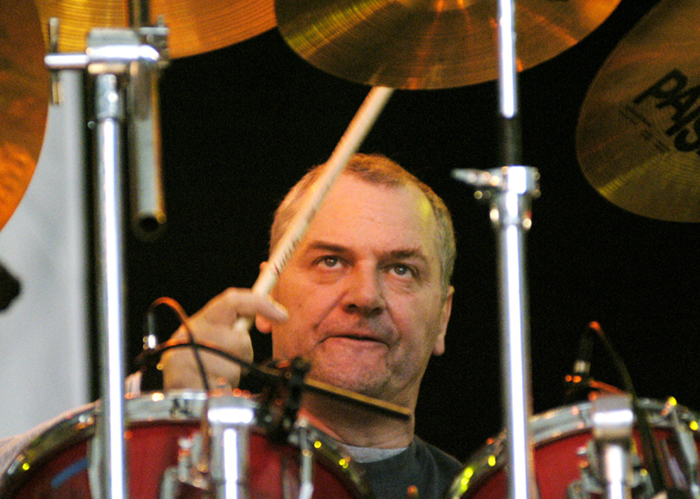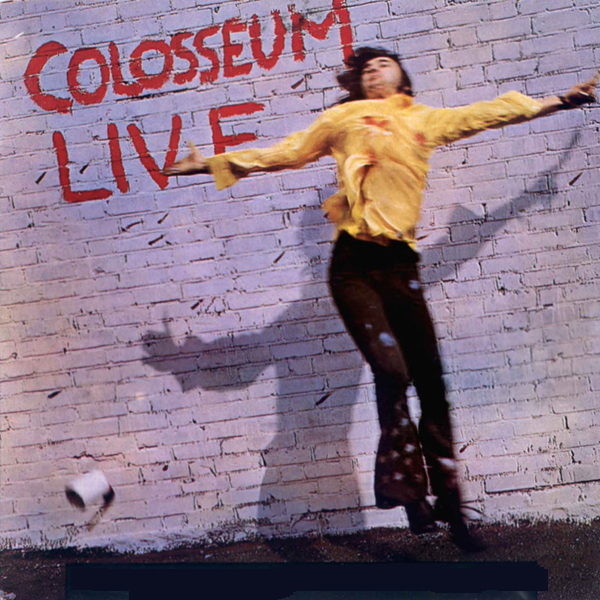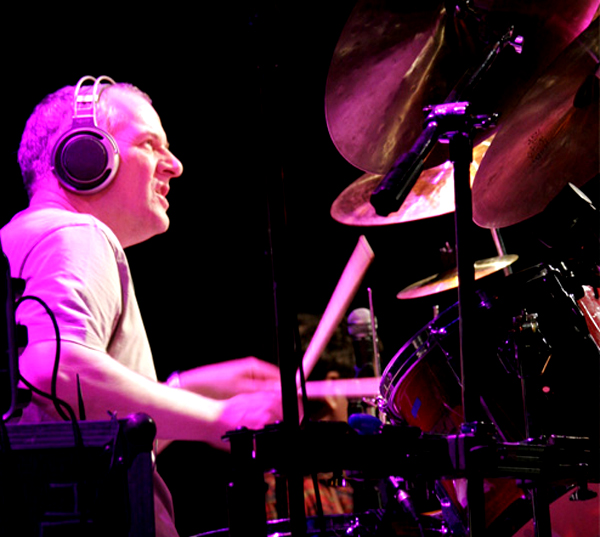

Jon Hiseman is as distinctive a drummer as the world has ever seen. Gaining his footing in the early days with John Mayall, Hiseman went on to form Colosseum, then Tempest with Allan Holdsworth and Ollie Halsall. He was recently the subject of the book Playing The Band - The Musical Life Of Jon Hiseman by Martyn Hanson. Hiseman sat down with Progsheet to give us an inside look at his life and work...


